The Greatest War Films: Crafting Stories of Conflict, Valor, and Human Spirit
War films have the unique ability to both captivate and educate, weaving narratives that explore the harrowing realities of conflict and the profound complexities of human nature. Over the decades, filmmakers have tapped into the visceral and psychological elements of war to create cinematic masterpieces that resonate deeply with audiences. From epic battles on vast landscapes to intimate struggles within the souls of soldiers, the greatest war films offer not only thrilling visuals but also poignant reflections on the human condition.
The Evolution of War Cinema
War cinema has evolved significantly since the advent of film. Early portrayals of war were often simplistic, straddling myth and propaganda, and served as a tool for boosting morale during times of conflict. However, as film technology and storytelling techniques matured, directors began to delve deeper, offering more nuanced depictions of war's impact on individuals and societies. The trajectory of war films is a fascinating mirror of the times, capturing shifts in public perception, historical understanding, and artistic expression.
One of the earliest significant war films, D.W. Griffith's "The Birth of a Nation" (1915), controversially depicted the American Civil War through a politically charged lens. While criticized for its racial insensitivity, it set the stage for war as an undeniable cinematic canvas. This was followed by the silent-era masterpiece "All Quiet on the Western Front" (1930), directed by Lewis Milestone. The film offered a raw and unflinching look at the horrors faced by young soldiers during World War I, marking a shift towards more authentic and human-centered stories.
Iconic War Films That Defined Generations
In crafting a list of the most iconic war films, several titles stand out for their groundbreaking storytelling and enduring impact. Each of these films approaches the subject of war with a unique perspective, often serving as a reflection on the broader political and societal issues of their time.
1940s: "Casablanca" (1942) is often celebrated not only for its romantic narrative but also for its subtle commentary on World War II politics. Directed by Michael Curtiz, it tells the story of an American expatriate who must choose between love and virtue in the face of war’s unfolding tensions. Though not a war film in the conventional sense, it captures the undercurrents of resistance and sacrifice.
1950s: Britain's own contribution to the war genre, "The Bridge on the River Kwai" (1957), directed by David Lean, explores the dualities of honor and madness. This film uses psychological tension alongside physical confrontation to showcase the perils of obsession and the elusive nature of victory in wartime.
1960s & 1970s: "Apocalypse Now" (1979), directed by Francis Ford Coppola, spearheaded a new era of war films that embraced the chaotic and surreal experiences of soldiers. Set against the backdrop of the Vietnam War, Coppola's masterpiece shifts between madness and introspection, highlighting war's immense psychological toll.
The Modern Era of Realism and Complexity
As cinematic techniques have become more sophisticated, so too have the narratives woven into war films. The portrayal of war today often intertwines reality with a focus on individual stories, driven by a desire to humanize the otherwise incomprehensible scale of warfare.
The 1998 Spielberg epic "Saving Private Ryan" redefined modern war films with its intense realism and historically accurate depiction of the D-Day invasion. The opening 27-minute sequence alone is often highlighted as one of the most powerful portrayals of combat ever committed to film. At its core, the film not only illustrates the severity of warfare but also challenges viewers to ponder themes of sacrifice and duty.
Following this, Kathryn Bigelow’s "The Hurt Locker" (2008) provided a visceral perspective on the Iraq War. This film delves into the psyche of an elite bomb disposal team, offering insights into the thin line between valor and recklessness. It reinvents the war genre by focusing not on grand strategy but on the intimate challenges faced by soldiers on the ground.
In conclusion, the evolution of war films is a testament to cinema's power as a narrative medium. Through their stories, these films provide audiences not just entertainment, but profound insights into the sacrifices and moral dilemmas faced during wartime. These cinematic experiences remind us of the resilience of the human spirit amidst the chaos of conflict, serving both as historical chronicles and moral compasses for future generations. As we continue to dissect and engage with these narratives, one thing is certain: war films will persist as a vital tool for reflection, education, and inspiration.
This exploration into the first part of the greatest war films sets the stage for further examination. In the following sections, we will delve deeper into the technical and cultural innovations that have emerged in war cinema, highlighting additional masterpieces that continue to shape and define this formidable genre.
The Power of Perspective: Diverse Narratives in War Cinema
One key element that makes war films so compelling is their ability to present diverse perspectives on conflict, often providing a multifaceted understanding that transcends national boundaries. These films push audiences to reconsider preconceived notions about heroism, villainy, and the very nature of warfare itself. By embracing varied viewpoints, filmmakers have created profound experiences that broaden our understanding of global conflicts.
Exploring the Other Side
Traditionally, war films have tended to favor narratives from the perspective of the victors or the perceived protagonists. However, several groundbreaking films have sought to shift this focus by providing more balanced or even opposing viewpoints. Such films challenge audiences to empathize with those on the "other side," presenting a more nuanced picture of warfare.
One such film is "Letters from Iwo Jima" (2006), directed by Clint Eastwood, which provides a Japanese perspective on the Battle of Iwo Jima during World War II. Released as a companion piece to "Flags of Our Fathers" (also directed by Eastwood), which depicts the American perspective, "Letters from Iwo Jima" humanizes the Japanese soldiers, exploring their personal struggles, courage, and the shaping of their destinies within the crucible of war. By humanizing the enemy, the film encourages viewers to consider the emotional and moral complexities faced by all individuals in wartime.
Another notable example is "Das Boot" (1981), a German production directed by Wolfgang Petersen, which chronicles the harrowing life aboard a German U-boat during World War II. The film emphasizes the claustrophobia, fear, and moral ambiguity faced by the submariners, breaking away from villainous stereotypes often associated with German soldiers during that era. Petersen’s meticulous attention to detail and character development elevates "Das Boot" to one of the most authentic experiences of war at sea, earning acclaim across international audiences.
The Home Front: War Beyond the Battlefield
War's impact is not confined to the front lines. The ripple effects extend to home fronts, reshaping societies and individual lives in profound ways. Films that explore these aspects offer invaluable insights into the infrastructures supporting war efforts and the personal sacrifices made by civilians.
Christopher Nolan's "Dunkirk" (2017) exemplifies the importance of non-combatant narratives through its depiction of the Dunkirk evacuation. By interweaving stories of soldiers, naval officers, and civilian rescuers, Nolan paints a portrait of collective endurance and bravery. The film’s sweeping visuals and non-linear storytelling underscore the chaos and urgency of the evacuation, portraying the monumental scale of ordinary people’s contributions to war efforts.
Similarly, "Atonement" (2007), directed by Joe Wright, combines the brutal realities of combat with the emotional turmoil experienced by those left behind. Adapted from Ian McEwan's acclaimed novel, the film follows the ramifications of a single lie that disrupts the lives of its characters against the backdrop of World War II. The film’s rich cinematography and evocative narrative invite contemplation on themes of guilt, redemption, and the pervasive impact of war on love and family.
Documentary Realism and War
While fictional narratives have long dominated war cinema, the documentary format provides a raw, unflinching lens on actual events, heightening awareness and understanding of conflict in real-time. Documentaries cut through dramatized portrayals to offer ground-level perspectives, often voicing those directly affected by war.
"Restrepo" (2010), directed by Sebastian Junger and Tim Hetherington, captures the stark realities faced by U.S. soldiers in Afghanistan's Korengal Valley. Through immersive footage and candid interviews, the film conveys the relentless strain and camaraderie within the combat unit. It presents war not as a glorified theater of heroics but as an enduring struggle for survival and sanity.
Similarly, "They Shall Not Grow Old" (2018), a World War I documentary created by Peter Jackson, innovatively revitalizes century-old footage through cutting-edge digital restoration and colorization. This film vividly breathes life into historical archives, providing a visceral connection to past conflicts and reminding audiences of the enduring humanity amidst war.
The Enduring Legacy of War Films
War films remain an indispensable part of the cinematic landscape, transcending mere spectacle to offer profound reflections on human nature and the ethics of conflict. Whether through fictional depictions or documentary accounts, these films compel viewers to grapple with complex issues of morality, empathy, and collective memory.
As stories of conflict continue to evolve, war cinema will undoubtedly persist as both a historical artifact and an artistic force. Filmmakers will keep crafting narratives that resonate with contemporary audiences, exploring wars not yet depicted and voices not yet heard. Through these works, viewers are offered not only a window into past and present conflicts but also, perhaps, a glimpse into paths toward peace and understanding.
In this ongoing narrative exploration, one truth remains constant: the stories presented in war films transcend their settings and battles, touching on universal themes of sacrifice, courage, and the indomitable spirit of humanity. These films will endure as both tributes and cautionary tales, teaching us about the value of life and the costs of its strife. The collective memory they help to shape is integral to our understanding of history and ourselves.
The Emotional Resonance and Cultural Impact of War Films
War films possess a unique capability to connect audiences on an emotional level, transcending the screen to evoke feelings of empathy, sorrow, and reflection. The cultural impact of these films extends beyond entertainment, serving as catalysts for dialogue and introspection about humanity's darkest hours and brightest acts of courage. In this final section, we delve deeper into how these films resonate emotionally and influence broader cultural conversations.
Unveiling Human Vulnerability
One of the most compelling aspects of war cinema is its ability to unveil human vulnerability amidst chaos and destruction. War strips characters to their core, exposing their fears, dreams, and humanity. It's this focus on individual stories that draws viewers into the heart of the action, blurring the lines between fiction and reality.
For instance, Terrence Malick's "The Thin Red Line" (1998) offers a contemplative and poetic exploration of the Battle of Guadalcanal during World War II. Unlike traditional war epics, Malick's film delves into the internal thoughts of soldiers, interweaving existential musings with the brutality of combat. This approach invites audiences to engage with the philosophical dimensions of war, probing the essence of life and mortality against the backdrop of lush, indifferent landscapes.
Similarly, "1917" (2019), directed by Sam Mendes, employs a unique one-shot technique to immerse viewers in a soldier's journey across perilous World War I battlefields. By capturing the relentless passage of time and the continuity of experience, the film maintains an unyielding tension that mirrors the relentless urgency of war. This narrative style fortifies the emotional connection, allowing audiences to breathe the horrors and fleeting moments of camaraderie alongside the protagonists.
Catalysts for Cultural and Historical Reflection
War films often serve as time capsules, preserving the cultural sentiments and historical events of distinct eras. These films provoke discussions that shape our collective understanding of past conflicts and the lessons therein. By illuminating historical contexts, they challenge audiences to confront uncomfortable truths and foster a deeper awareness of global issues.
Oliver Stone's "Platoon" (1986) is a seminal work that starkly contrasts the romanticized narratives of earlier Vietnam War films. Drawing from his own experiences, Stone offers an unvarnished portrayal of the war's brutality and moral confusion, prompting viewers to question government narratives and the ethics of military intervention. This introspective examination sparked significant discourse on the Vietnam War's morality, marking a pivotal shift in war film narratives.
Moreover, Steven Spielberg's "Schindler's List" (1993) chronicles the Holocaust with a haunting realism that ignites profound emotional responses. By recounting the true story of Oskar Schindler, who saved more than a thousand Jews from the Nazi regime, the film transcends its historical setting to address broader themes of human rights and moral responsibility. Through its poignant storytelling and powerful visuals, "Schindler's List" inspires reflection on the consequences of prejudice and the universal imperative to stand against injustice.
The Enduring Appeal and Future of War Cinema
War films have solidified their place in cinematic history, characterized by their potent storytelling and emotive power. As audiences continue to engage with such narratives, filmmakers are tasked with balancing authenticity and artistry to maintain the genre’s relevance in an ever-evolving world.
Emerging technologies and evolving storytelling approaches offer new avenues for innovation within war cinema. Virtual reality and immersive experiences promise to place audiences in the midst of historical and fictional battles, heightening emotional engagement and empathy. Moreover, as global narratives expand, lesser-known conflicts and diverse perspectives continue to gain representation, enriching the genre with fresh voices and untold stories.
The importance of these films also extends into educational realms, where they function as visual aids that supplement the study of history and ethics. They provide accessible entry points for young generations to explore complex topics, encouraging critical thinking and empathy towards different cultures and viewpoints.
As war films continue to push boundaries and explore uncharted territories, they will undoubtedly contribute to the ongoing dialogue about peace, conflict, and human resilience. Filmmakers hold the power to shape society's understanding of war, catalyzing change through art and evoking the timeless questions of what it means to be human in the face of adversity.
In conclusion, the greatest war films transcend their historical and political contexts to become enduring testaments to the human spirit. They challenge us to reflect on our past, confront our present, and inspire our future. Through stories of conflict and courage, they remind us of the profound impact cinema can have on our hearts and minds, shaping not only how we understand history but how we envision a world where conflict is met with compassion and understanding. As long as cinema exists, war films will remain a vital part of its tapestry, compelling us to ponder the profound complexities of the world around us.

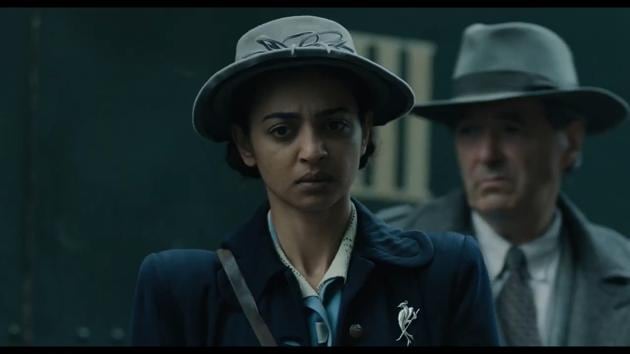

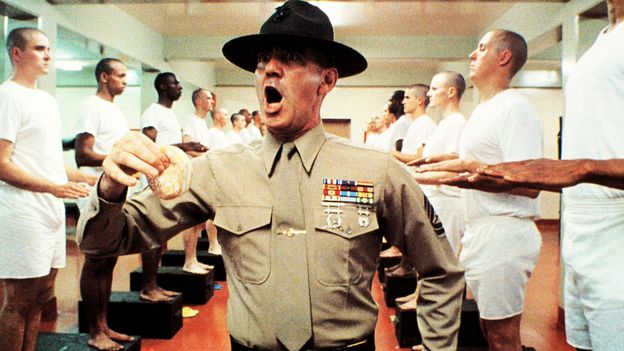







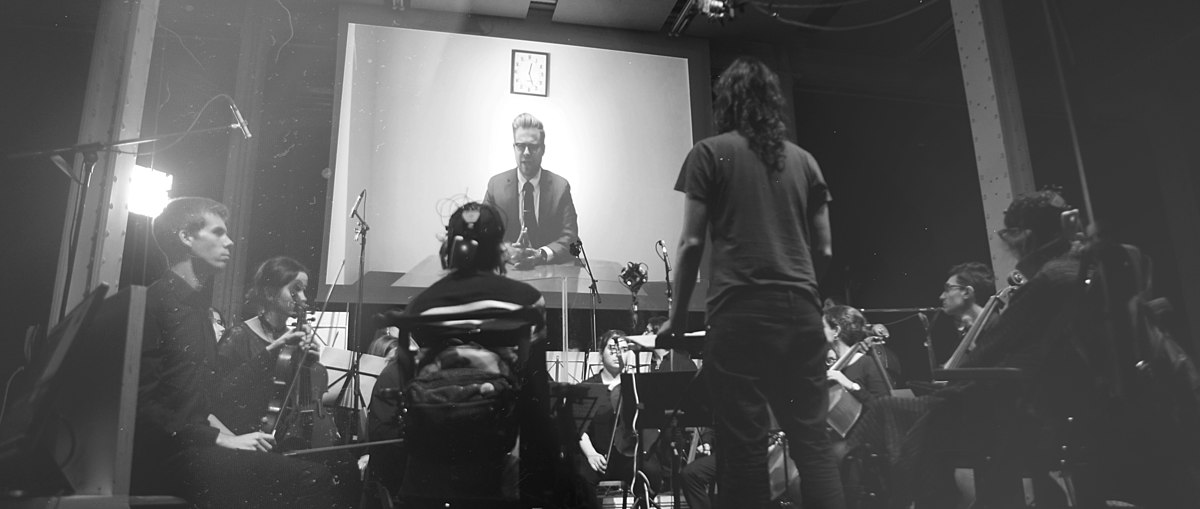
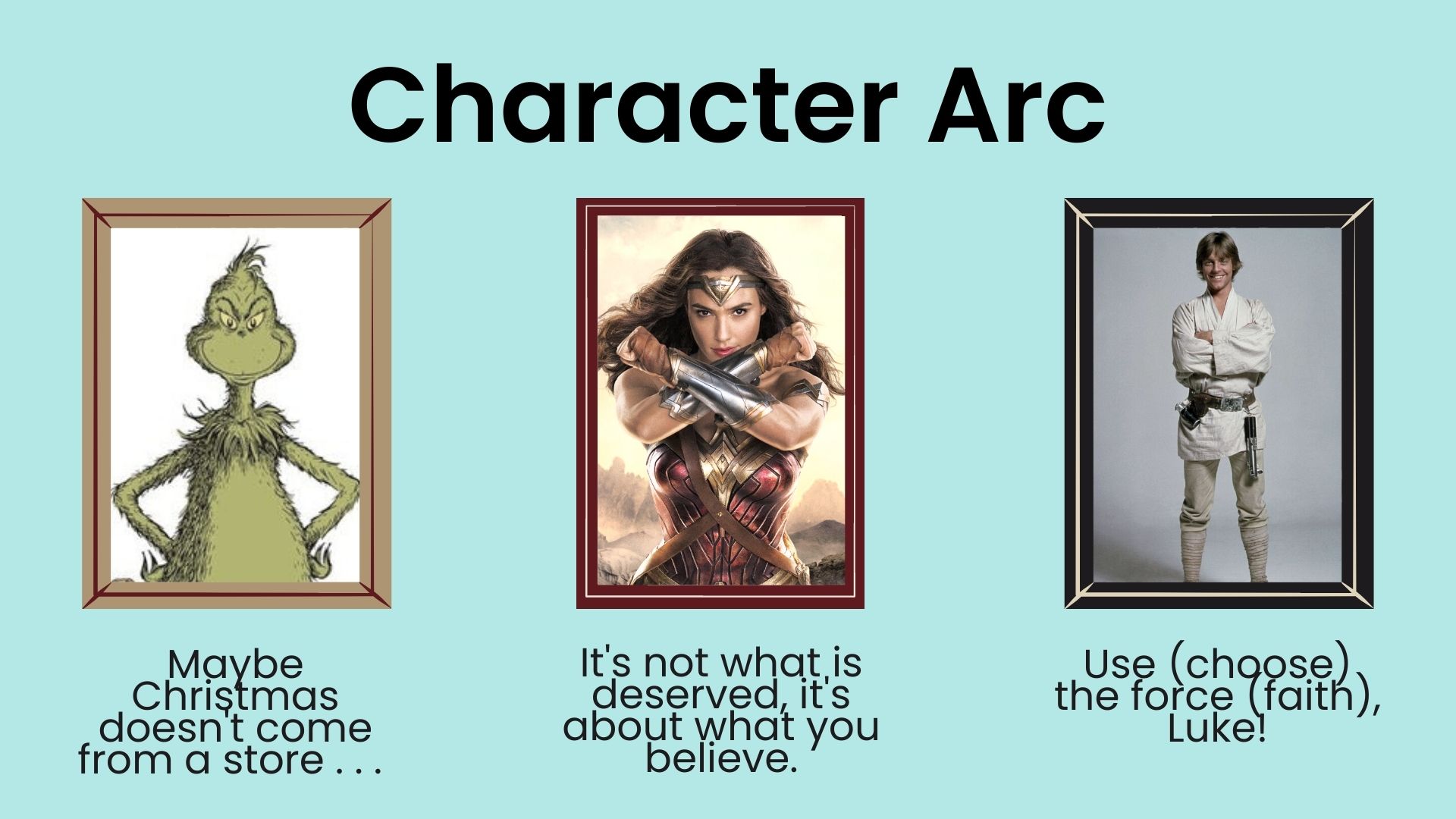
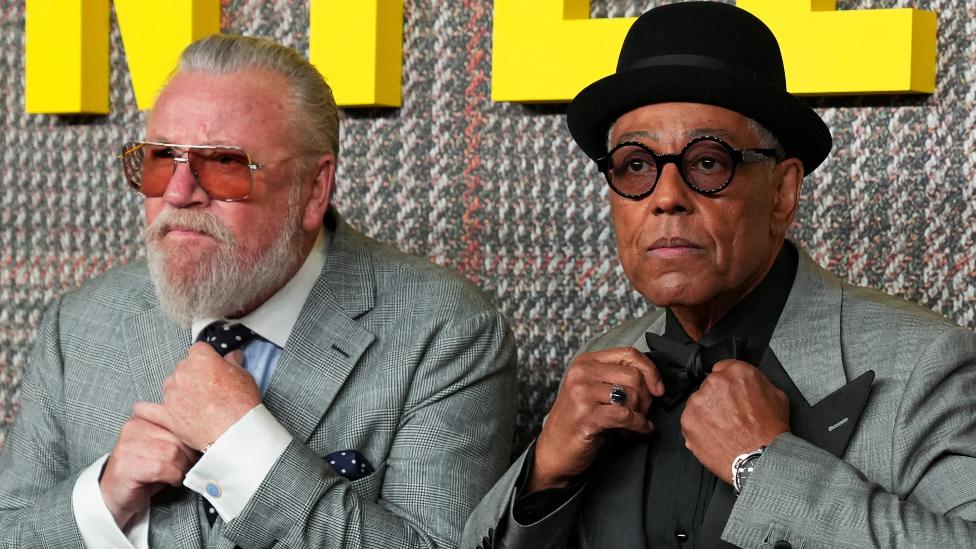


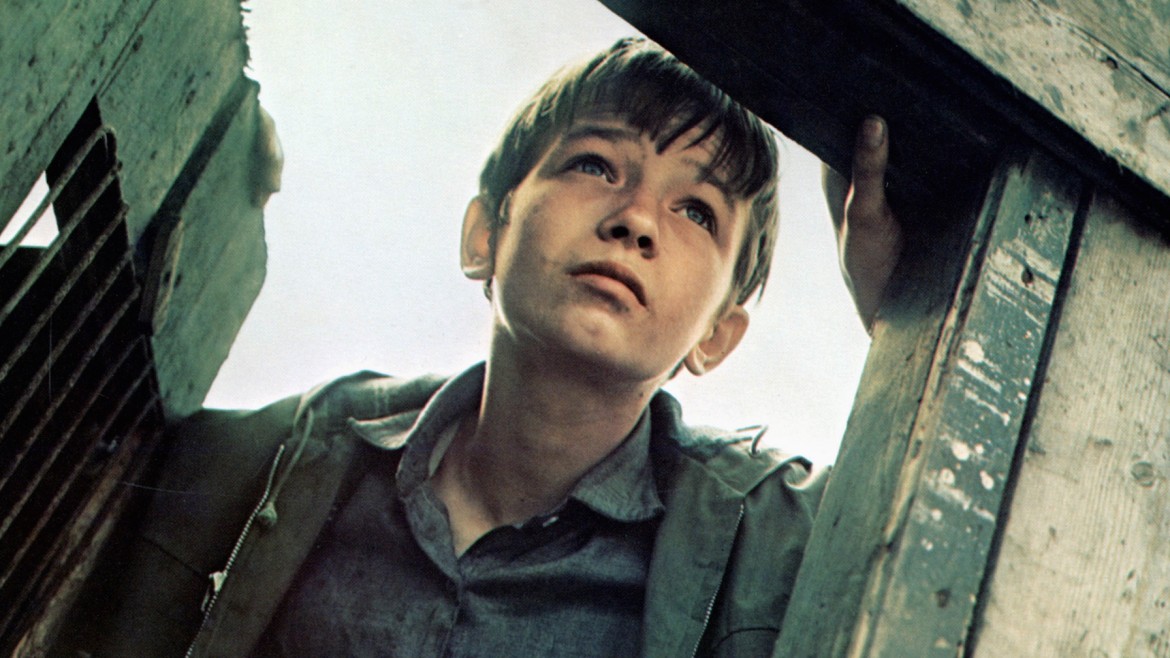

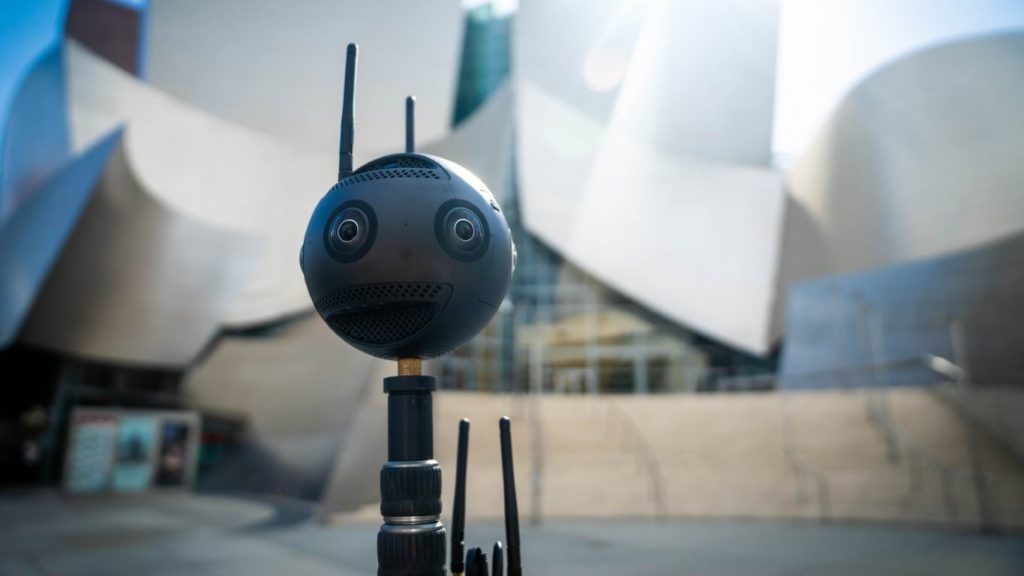






Comments